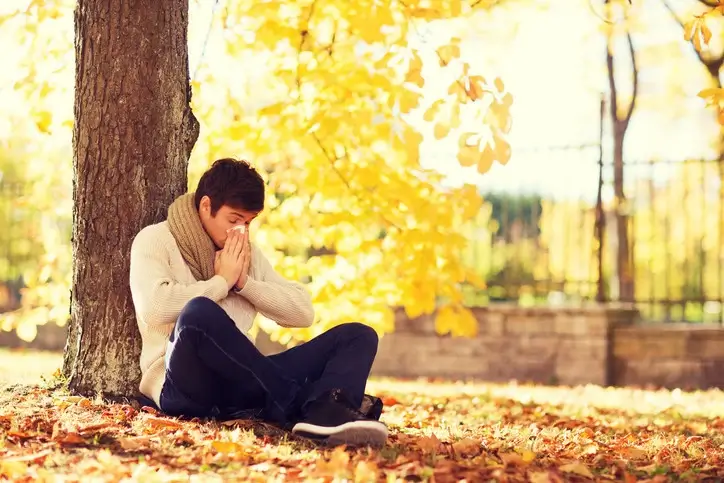
Save the trees, prevent the sneeze
When I worked at Greenpeace for five years before I attended medical school, a popular slogan was, "Think globally, act locally." As I write this blog about climate change and hay fever, I wonder if wiping off my computer that I’ve just sneezed all over due to my seasonal allergies counts as abiding by this aphorism? (Can you clean a computer screen with a tissue?)
Come to think of it, my allergies do seem to be worse in recent years. So do those of my patients. It seems as if I’m prescribing nasal steroids and antihistamines, recommending over-the-counter eye drops, and discussing ways to avoid allergens much more frequently than in the past. Are people more stressed out, working harder, sleeping less, and thus more susceptible to allergies? Or, are the allergies themselves actually worse? Could the worsening of climate change explain why the rates of allergies and asthma have been climbing steadily over the last several decades?
There’s more pollen and a longer pollen season
Seasonal allergies tend to be caused disproportionately by trees in the spring, grasses in the summer, and ragweed in the fall. The lengthening interval of "frost-free days" (the time from the last frost in the spring to the first frost in the fall) allows more time for people to become sensitized to the pollen — the first stage in developing allergies — as well as to then become allergic to it. No wonder so many more of my patients have been complaining of itchy eyes, runny nose, and wheezing.
